Education [1]
This information was first published in 1888:
EDUCATIONAL.
IN the matter of educational facilities, Charlotte is exceedingly well favored. The city has an excellent system of graded schools, besides several flourishing private educational institutions. Of the latter the Charlotte Female Institute [2] is the most important. It has been conducted for years past by the Rev. Wm. R. Atkinson, as principal, and has grown and prospered in a most flattering manner. The building is a spacious two-story structure, and is located in the eastern section of the city, on a sharp knoll, and is surrounded by beautiful grounds. It is heated by steam and lighted by gas and electricity. It is one of the most successful educational institutions in the South, the number of students in attendance being limited only by the accommodations of the building.
Biddle Institute [3] is another important institution. It was established solely for the education of the colored race by the Northern Presbyterian Church, under a charter granted by the State Legislature. The buildings are located in a commanding site on the western suburbs of the city, and the ground comprise fifty-five acres. The main building is represented in the cut. The property of the institution, including the building site, is valued at $80,000.
St. Mary’s seminary, established in Charlotte in 1887, offers superior advantages as an educational institution. The building is a large frame structure, and is located on South Tryon street. It is in charge of five Sisters of Charity.
Twenty miles from Charlotte, in Mecklenburg county, is located Davidson College [4], one of the most celebrated seats of learning in the Southern States. The College was founded in 1837, and received its charter from the Legislature in 1838. The main building originally cost $90,000. The college is finely equipped. The institution is under the car of the Presbyterians, but, as its charter declares, “is designed to educate the youth of all classes without any regard to the distinction of religious denomination.”
No better system of graded schools can be found in any Southern city. The white school [5] occupies a large and handsome brick building, located in a beautiful grove in the southern section of the city. The buildings and grounds belong to the city, having been purchased for the special purposes of the graded school. The colored graded school [6] occupies a large and neat two-story frame building, built by the city for its use in 1886. The average attendance at the white graded schools is 800, and at the colored school, 600. The schools are governed by a board of school commissioners elected by the people. Tuition is free. Prof. Alexander Graham is general superintendent, with a salary of $1,400. Prof. J. E. Ratley is principal of the colored graded school. A corps of sixteen teachers is employed at the white school and eight at the colored. The schools are maintained by taxation, ten cents on the hundred dollars' worth of personal and real property in the city, being levied and collected for their support. The schools have received some benefit from the Peabody fund. In addition to the public schools, there are a number of excellent private schools in the city for both boys and girls, and all are largely patronized. As it appears from this, the school facilities are indeed almost perfect. A boy or girl can here begin at the alphabet and go on and up through the full course, ending with a college graduation without going outside the county.
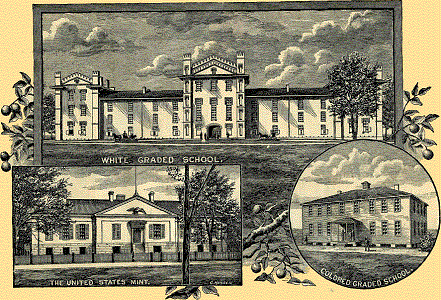
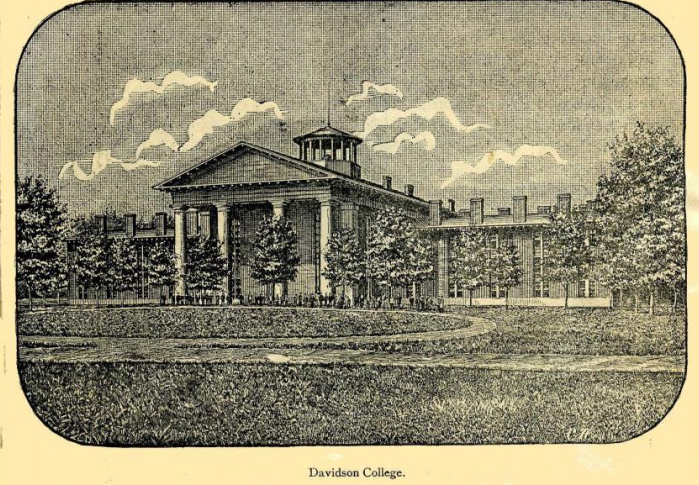
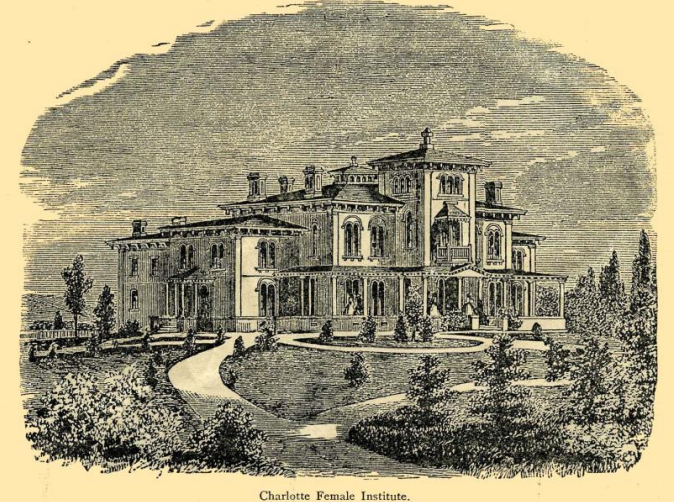
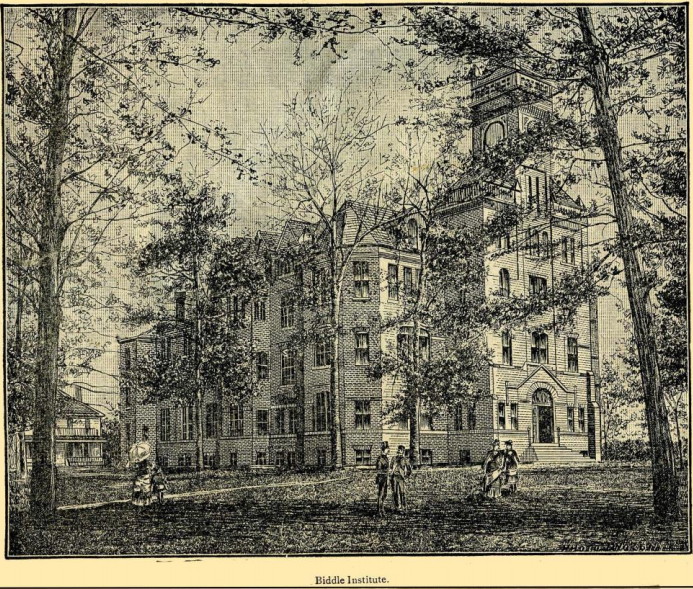
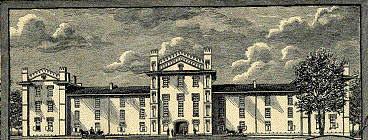
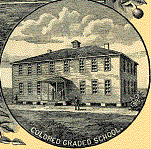
Sketches of Charlotte, the Queen City of the Old North State, and of Mecklenburg, the Banner County. Charlotte, NC: Charlotte Chamber of Commerce, 1888.